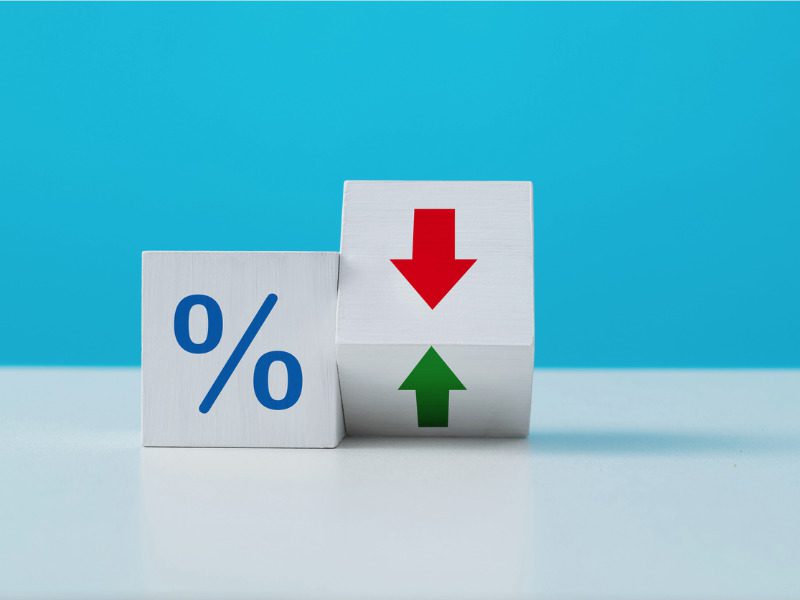Behind the industry’s ‘modest decline’ in auto premiums

Canada saw an overall “modest decline” of 3.5% in personal auto insurance premiums last year, AM Best reported during an industry event in Toronto earlier this month.
Lower profit margins in Canadian auto insurance are likely to remain under pressure in the medium term, as seen in the U.S. and U.K., ratings firm DBRS Morningstar said in an Oct. 16 commentary.
“After highly profitable years for auto insurance during the pandemic shutdown period, governments and consumers are pushing back against the premium increases needed to address rising claims,” DBRS Morningstar said. “Weaker auto insurance results could hinder what has otherwise been a strong performance in the Canadian property and casualty (P&C) insurance sector in recent years, even when considering weather-related losses.”
One challenge is at the provincial regulatory level, AM Best director Rosemarie Mirabella said during a P&C market update at the rating firm’s Canadian Insurance Market Briefing in Toronto. She pointed to Alberta’s rate freeze. “We do expect that to moderate somewhat,” she said.
Another factor in declining premiums appears to be that auto insurance premium inflation has not been keeping up with parts, maintenance and repair cost increases since 2021, DBRS Morningstar said.
Rising auto theft levels are also a contributing factor. In 2022, Canadian insurers paid out an estimated $1 billion — the most the industry has ever paid for auto theft in one year.
“Canada does have a very sizable theft problem, primarily in Ontario,” Mirabella said. She describes auto as one of the most challenging insurance areas for Canada. “There are some significant headwinds. If you look at it from year-to-year, it’s pretty volatile.”
AM Best is also seeing higher litigation trends, particularly in the Ontario market. “Additionally, as we see in the U.S. market, the sector’s heavily impacted by inflation cost trends related to supply chain imbalances, higher parts and labour costs.”
Auto results did benefit from a decline in distance driven during the COVID-19 pandemic, somewhat offset by increased distracted and aggressive driving behaviours. “And there has been some increase in claims frequency as the return-to-work phenomenon unwinds and people return to the office to some degree,” Mirabella said.
Relative to the U.S., Canada has done a better job in maintaining loss ratios, she added.
“If you looked over five years, you see that Canada outperforms the U.S. market anywhere from probably about five or six points to as wide as 10 points depending upon what sector you looked at over a five-year period,” she said.
“Part of that certainly reflects the fact that, in Canada, there’s less of an impact of social inflation, which is a big impact in terms of jury awards and so forth in the U.S. market that we see to a much lesser degree in the Canadian market.”
DBRS Morningstar said the good times appear to be in the rearview mirror for Canadian auto insurers. After lower claims following pandemic-related shutdowns, “auto margins in Canada are returning to their pre-pandemic levels with high competition and caps on regulated premium increases dampening profitability.”
Feature image by iStock.com/baona



